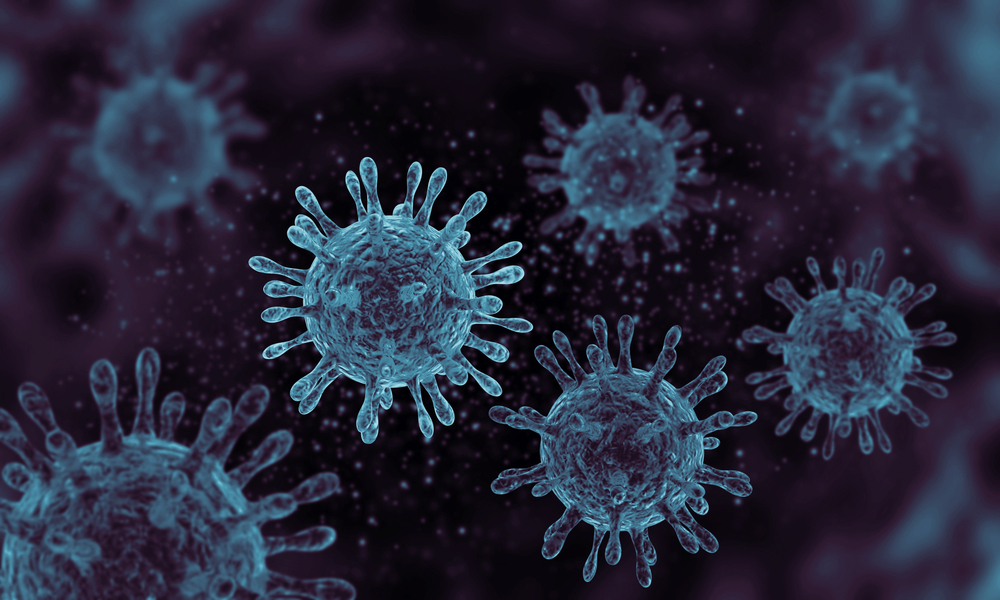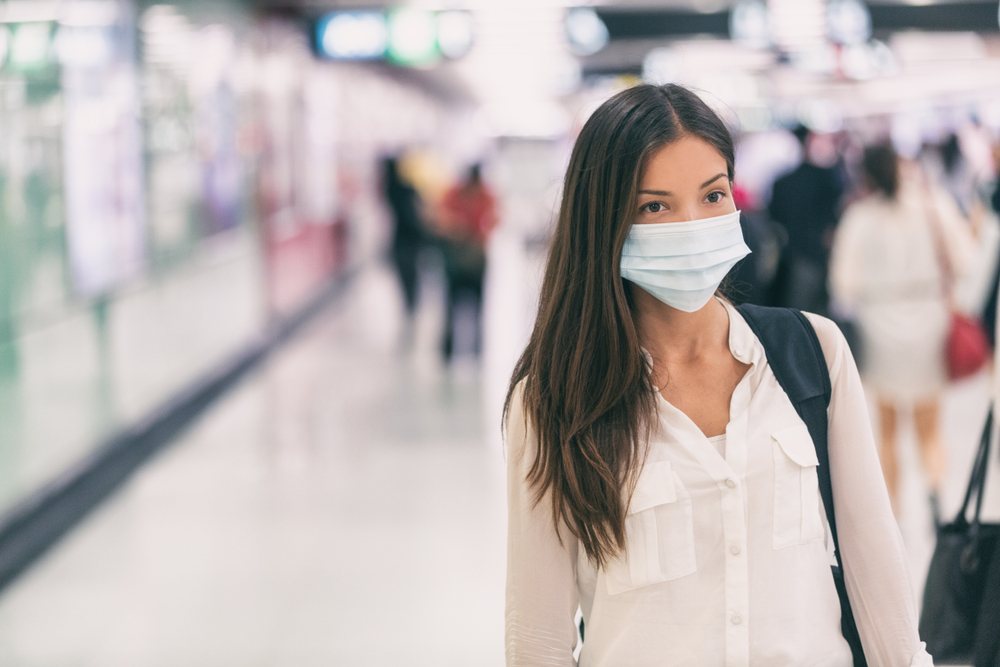Published Nov. 14, 2021 in nbc news
By Erika Edwards
A new study found that the number of Americans able to keep their blood pressure at healthy levels dropped significantly in 2020 —either because people avoided the doctor’s office or were unable to get care because their physicians closed their offices temporarily during the pandemic.
The research, presented Saturday at an annual meeting of the American Heart Association, showed that on average, only 53.3 percent of adults in the U.S. had their blood pressure under control last year, compared to 60.5 percent in 2019.
That was hardly a healthy starting point, the study’s lead author, Alanna Chamberlain, said.
“There was substantial room for improvement in blood pressure control to begin with,” Chamberlain, an associate professor of epidemiology at Mayo Clinic, said. “Then, obviously, with a pandemic and people having fewer inpatient visits, we saw this big drop in blood pressure control.”
It doesn’t take long for uncontrolled hypertension to cause damage. Left unmanaged, high blood pressure is a major risk factor for heart attack, stroke and a variety of other outcomes, including kidney disease.
Now, in 2021, the cumulative effects, accelerated by the pandemic, are becoming apparent. Doctors say the combination of out-of-control blood pressure and other pandemic-related lapses in health care has led to a sicker patient population overall.
Those people tend to need more intensive and complicated care at hospitals that are already stretched thin because of the ongoing Covid-19 pandemic.
Patients are “showing up with more severe renal failure because they’re chronically hypertensive,” said Dr. Ken Lyn-Kew, a pulmonologist in the critical care department at Denver’s National Jewish Health. Instead of seeing a doctor when patients’ conditions may be managed with lifestyle or medication changes, he said, “they show up on the verge of dialysis.”
Download the NBC News app for full coverage of the Covid-19 pandemic
Blood pressure is measured with two numbers: systolic pressure (the top number) and diastolic pressure (the bottom number). Systolic refers to the pressure in a person’s arteries when the heart beats. Diastolic is the pressure in the arteries when the heart is resting between beats.
The Mayo Clinic study examined electronic health records from 24 health care systems nationwide. Chamberlain and her team analyzed records of those who were able to maintain a blood pressure reading of no more than 140/90 mm Hg. The AHA and the American College of Cardiology define hypertension as 130/80 or greater. Normal blood pressure is less than 120/80.
Chamberlain also noted a drop-off in the number of people diagnosed with high blood pressure who returned to their doctors for necessary follow-up visits in the pandemic: 31.7 percent in 2020, compared with 36.7 percent in 2019.
The study should be considered preliminary, as it has not yet been peer-reviewed. And it does not follow individual patients over time to see how their blood pressure readings may have directly impacted health outcomes.
But outside experts say the research is just one marker of what has become increasingly clear among physicians: Even those never sickened with Covid-19 have suffered health impacts of the pandemic that will take years to overcome.
“People gained weight. They may have started smoking. They were more sedentary,” said Dr. Donald Lloyd-Jones, a cardiologist and president of the American Heart Association.
“All of those things are going to play out over time and won’t be quick and easy to fix,” he said.
Lloyd-Jones said the study is a prime example of why patients need to get “plugged back in to the health care system.”
“We’re going to see the ripple effects for years to come,” he said.




